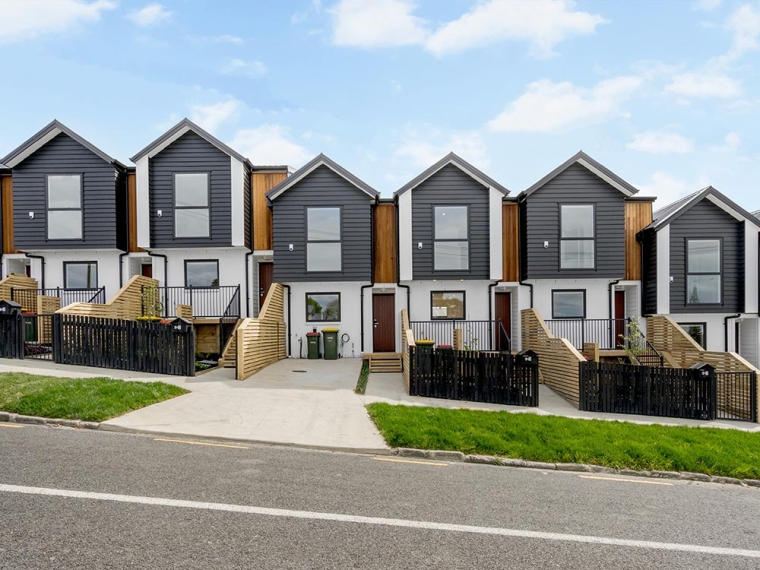

Lower advertised rents showing up on the main property websites are now becoming locked-in, as landlords and tenants sign new tenancy agreements.
Declining residential rents are now a significant feature of the residential bond data from Tenancy Services, which reflects the actual rents agreed between landlords and tenants at the start of a new tenancy.
Lower rents are also likely to flow through to sitting tenants, because the bond data is also commonly used by landlords and property managers to determine how much to adjust rents by for sitting tenants when they come up for periodic review.
The national median rent for newly tenanted residential properties in the September quarter (Q3) of this year was $590 a week, down from $600 a week in the June quarter (Q2).
That decline may be relatively small, but its brings an end to the previous six consecutive quarters when the median rent was unchanged at $600 a week.
A closer look at the figures by dwelling type suggests the decline may be more significant than the total median figure.
The national median rent for three bedroom houses, still the most popular type of rental property by far, has declined for two consecutive quarters, from $670 a week in the March quarter (Q1) this year to $640 in Q3, a reduction of $30 a week, or $1560 a year.
Median rents for two bedroom units/apartments have followed a similar trend, dropping for two consecutive quarters from $595 a week in Q1 this year to $560 in Q3, a reduction of $35 a week, or $1820 a year.
Similarly, the median rent for one bedroom units/apartments has declined from its peak of $470 a week in Q1 this year to $450 in Q3.
While rents have been trending down this year, the number of properties being tenanted has trended up.
Tenancy Services received 40,410 residential bonds in Q3 this year, up 7.6% compared to Q3 last year.
That was no one-off.
The number of bonds received by Tenancy Services has been up on the same quarter of the previous year for the last five consecutive quarters.
Coming at a time when net population growth from migration is relatively flat, that suggests supply of rental housing is improving, which is flowing through to lower rents.
For tenants, that gives them a bit more choice when looking for a rental a property and leaves them with more money in their pockets at a time when other living costs are under pressure.
For landlords and prospective investors the fall in rents is probably not the end of the world, but it will take the shine of the benefits they'll have received recently from falling interest rates.
It means they'll need to make sure their properties are up to scratch and rents are realistic, to ensure they retain existing tenants or find new ones when properties become vacant.
It also means they probably shouldn't count on any improvement in rental income, at least for short-term.
The comment stream on this article is now closed.
8 Comments
Not good news for residential construction either. Hope the tradies out there are well trained in commercial.
Rates up, insurance up, vacancy up, stock up, but.... income down. Very easy for tenants to relocate to avoid rent increases. With little to no capital gain and talk of a CGT, why is this the only game in town again?
Because no one has the capacity to imagine anything outside property to generate wealth and income. They've been told their whole lives "you can't go wrong with property".
Rocketlabs. Xero. Ziwi...and on and on.
Imagination...
Which one is your company ?
you do not have to own the company just as most property investors do not build the house they buy
Not invested in any of those. Just saying that NZ does indeed have creative innovation and just stacking debt to exploit the need for shelter on your fellowman is not the only investment option in NZ. Do have a company employing kiwis, paying tax and fighting the good fight.
How many specu boxed do you have?
But we were told frequently here on interest.co that if your cost went up you put the rent up.
Nothing to do with supply / demand apparently.


We welcome your comments below. If you are not already registered, please register to comment
Remember we welcome robust, respectful and insightful debate. We don't welcome abusive or defamatory comments and will de-register those repeatedly making such comments. Our current comment policy is here.